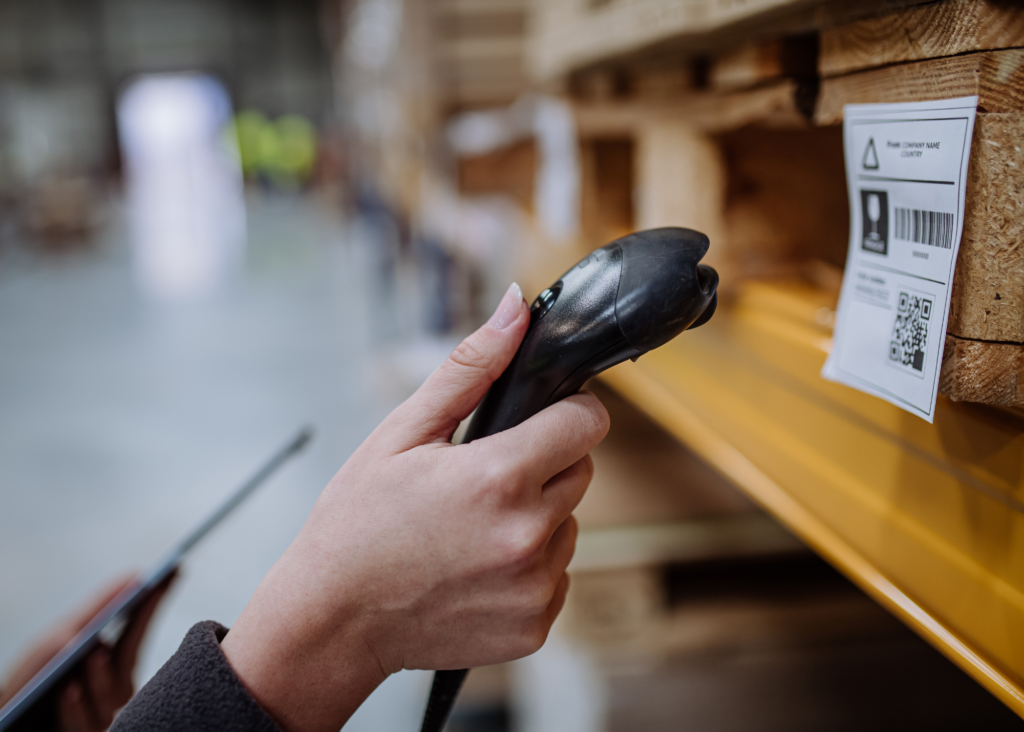Barcodes and QR codes—You see them all the time, but have you ever stopped to wonder about the difference between barcodes and QR codes? While both are key tools for tracking and data-sharing, they offer unique advantages that make each ideal for specific uses.
Barcodes, those black and white lines you find on most products in-store, have long been trusted in retail and inventory management. On the other hand, QR codes are growing in popularity across industries thanks to their capacity for more data. In this blog, we’ll explore the key differences between barcodes and QR codes, their strengths and weaknesses, and which one may best fit your needs.
Let’s get right into it!
What is a Barcode?
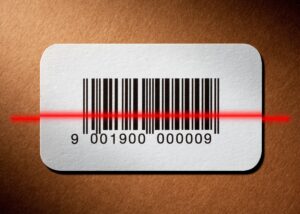
A barcode is a visual pattern of lines or squares used to store information, typically for quick identification and tracking of items. They’re most commonly seen in retail and inventory management, where they encode product details like price, SKU, and origin.
Moreover, there are two main types of barcodes: 1D (one-dimensional) and 2D (two-dimensional).
- 1D Barcodes: These are the traditional linear barcodes with lines of varying widths, which store a limited amount of information such as product numbers. They’re ideal for quick scanning but can’t store a lot of data.
- 2D Barcodes: These include more complex patterns, such as QR codes, which store a larger amount of information in both horizontal and vertical axes. They can hold URLs, text, and other data accessible via smartphone cameras.
Advantages of Using Barcodes
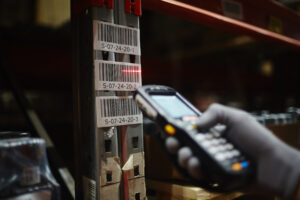
Now that you have a general understanding of what a barcode is, let’s discuss the main benefits of using them.
1.) Efficiency & Speed: Compared to manual entry, barcodes allow for rapid data entry and tracking. This improves accuracy and reduces human error.
2.) Cost-Effective: Producing barcodes is inexpensive, as they can be printed on regular labels and do not require costly materials.
3.) Compatibility: Most scanners and inventory systems worldwide can read barcodes, making them universally accessible across industries.
4.) Versatility: Barcodes are used in diverse fields, from retail to healthcare, and on various items, including products, books, and identification cards.
Disadvantages of Barcodes
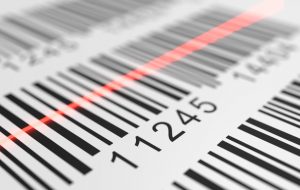
While barcodes are efficient and accessible, they may fall short in areas that require larger data storage or long-lasting durability. So, let’s go over the main disadvantages of using barcodes compared to QR codes.
1.) Limited Data Capacity: Traditional (1D) barcodes can only store limited information, usually a sequence of numbers or letters.
2.) Limited Durability: Depending on the material, barcode labels can become unreadable if exposed to harsh environments or extensive handling.
3.) Minimal Flexibility in Design: Unlike QR codes, barcodes can’t handle larger datasets like URLs, images, or other extensive data types, limiting their use cases.
4.) Fixed Data Capability: These codes store fixed data, meaning any updates to the information, like a price change or updated product details, require reprinting the barcode label.
What is a QR Code?
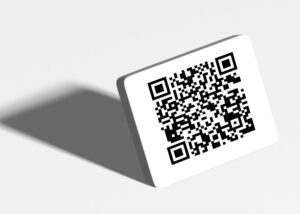
A QR code, or Quick Response code, is a type of 2D barcode that holds more data than a traditional linear barcode. It consists of patterns that store text, URLs, and other information. It is used across industries for a range of applications, including marketing and inventory tracking.
Advantages of QR Codes
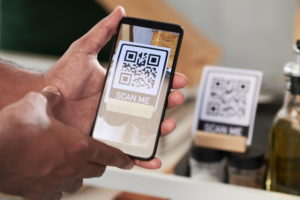
In recent years, QR codes have become increasingly popular due to their versatility and ease of scanning. During the COVID-19 pandemic, there was a surge of businesses that adopted QR codes because virtually anyone could access information via smartphone. That being said, let’s dive into the advantages of QR codes.
In recent years, QR codes have become increasingly popular due to their versatility and ease of scanning. During the COVID-19 pandemic, there was a surge of businesses that adopted QR codes because virtually anyone could access information via smartphone. That being said, let’s dive into the advantages of QR codes.
1.) High Data Capacity: QR codes can store significantly more information than traditional barcodes, including URLs, text, and images.
2.) Interactivity: QR codes facilitate engaging consumer experiences by linking to online content, such as websites or promotional materials.
3.) Real-Time Updates: Information linked to QR codes can be updated in real time without needing to change the physical code.
Disadvantages of QR Codes
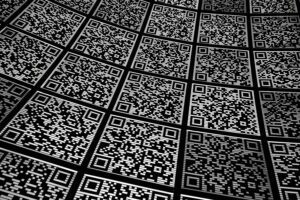
While QR codes offer many benefits, they also have certain drawbacks that can impact usability and practicality in various settings. Let’s take a look at some of the key disadvantages associated with QR codes.
1.) Device Dependency: Users need a smartphone or compatible device with a scanning app to read QR codes.
2.) Internet Access Required: Many QR code functionalities rely on internet access; users without connectivity cannot access the linked information.
3.) Security Concerns: QR codes can potentially lead users to unsafe websites if not properly managed or if they contain malicious links.
Key Differences Between Barcodes and QR Codes
Now, when it comes to differentiating the two, you should note the key differences between barcodes and QR codes. Keep reading to discover what sets these two codes apart.
Appearance
As you can probably tell, they differ in appearance. Barcodes are one-dimensional lines, typically read horizontally, while QR codes are two-dimensional square grids that store data in both directions. Moreover, this distinction makes QR codes visually more complex.
Storage Capacity
For storage capacity, there is a clear winner. Barcodes have limited capacity, often storing simple alphanumeric sequences. On the other hand, QR codes can hold more data, including URLs, text, and multimedia links. This makes QR codes ideal for interactive applications.
Applications
Barcodes are widely used in retail, inventory management, and logistics, where quick, simple data identification is key. However, QR codes are popular in marketing, consumer engagement, and tech-driven industries due to their versatility.
Technology Used
Another difference between barcodes and QR codes is the technology used to scan the codes. Barcodes are scanned with linear laser scanners, while QR codes require imaging technology. Conveniently, this imaging technology is often found in smartphones.
Security
When it comes to security, QR codes offer more potential for secure, encoded data, often embedded with encryption options. On the other hand, barcodes carry simpler, non-encrypted information. This limits security capabilities.
Data Readability
Due to their design, QR codes can be scanned from any angle and often remain readable even if partially damaged. Barcodes, however, require specific orientation for scanning and can become unreadable if damaged or obscured.
These key differences highlight how each code type serves distinct roles in business, technology, and consumer interactions.
Which is Better for You?
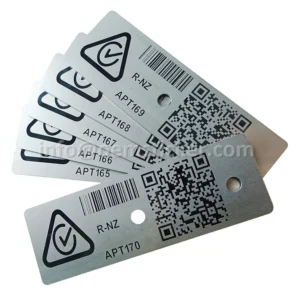
Weighing the differences between barcodes and QR codes depends on the unique needs of your manufacturing processes. Barcodes work well for straightforward inventory tracking and are easy to integrate with existing systems. They’re quick to scan and cost-effective for high-volume applications.
However, if you require higher data storage, improved tracking throughout the supply chain, or a means for customers to access product details or instructions, QR codes offer more versatility and interactivity. For manufacturers looking to engage consumers and enhance traceability, QR codes may provide a more robust, future-ready solution.
Let Hallmark Nameplate Guide You to the Right Choice
For manufacturers seeking efficiency and traceability, it can be challenging to find the perfect solution. At Hallmark Nameplate, we understand that choosing and knowing the differences between barcodes and QR codes is a key decision. Our team is here to guide you through the advantages of each, helping you select the option that aligns best with your business goals.
From understanding the differences to implementing the right technology, we’re ready to provide expert advice every step of the way.
Contact us today to discuss your options and see how we can support your labeling and data tracking needs!

